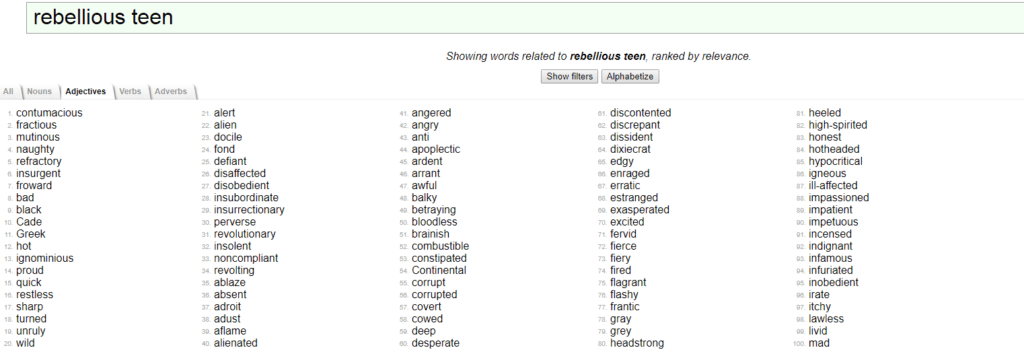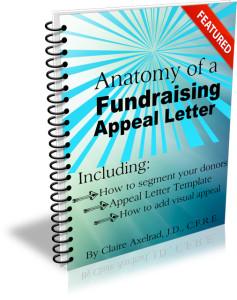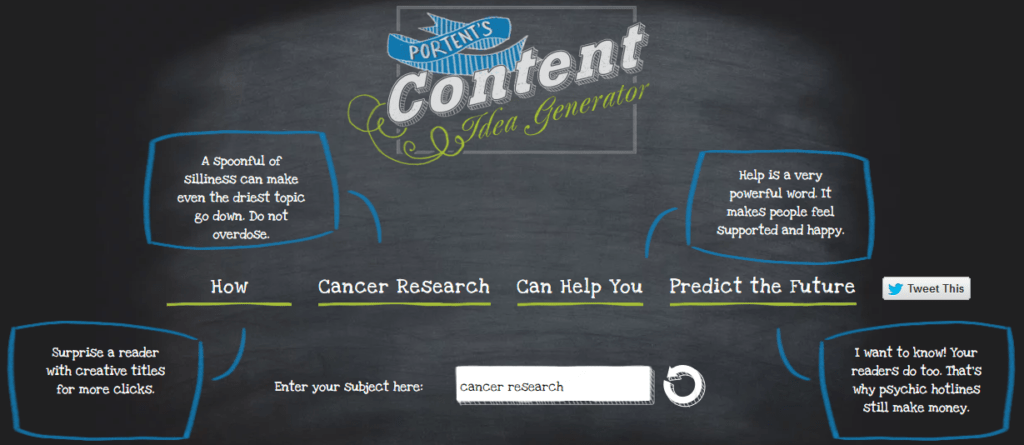
Besides the perfect beverage, snack and desk accessories, what else will make your prose more persuasive?
Nonprofit writing is particular, because you’re always endeavoring to persuade.
So it’s not expository writing, like a term paper. It’s more narrative. As in telling a story. A compelling, emotional story.
Even the best writers, nonprofit or otherwise, can use a little help now and then.
And today we’re fortunate to have a number of online tools to help us write with greater clarity and polish.
When I say polish, I don’t mean big words and complex sentences. I mean polish in the sense of shiny. You want your words to gleam! To jump off the page and grab your readers’ attention.
And, guess what often gets in your way?
Sadly, most readers today skim.
They’re so pressed for time, you’ve got about two minutes to grab their attention; then you have to sustain it.
So… you need to learn the art of headline writing. And subtitles. And conversational style. And active verbs.
- Less jargon, more meaningful and punchy words.
- Less passive voice, more active voice.
- Less adverbs and unnecessary adjectives, more non- cliché words
- Less “I,” “we,” and “our organization,” more “you” and “your.”
8 Online Tools to Be a More Effective Nonprofit Writer
1. Hubspot’s Blog Ideas Generator
This gives you inspiration. And it’s a lot of fun too. Type in two or three nouns, and it will generate a list of blog topics to fuel your creativity. Begin with key words you know folks search on. Or areas of greatest interest to your constituency. It takes a little practice, but once you get the hang of it you’ll generate some great titles.
2. Portent’s Content Idea Generator
This is similar to the Hubspot tool, but will yield somewhat different results. Put in one word or phrase. It will generate a number of creative topic titles. Keep refreshing to find one you like.
3. Advanced Marketing Institute’s Emotional Marketing Value Headline Analyzer
Use this once you have a headline, to determine its emotional punch. I use this all the time, and it’s amazing how much it will improve your headline writing. This tool will determine the Emotional Marketing Value (EMV) score. Since reaching your audience in a deep and emotional way is a key to successful copywriting, and your headline is unquestionably the most important piece of copy you use to reach prospects, this is an invaluable tool.
4. CoSchedule’s Headline Analyzer
Similar to the Advanced Marketing Institute tool, this one will score your title for common vs. uncommon words, emotional vs. unemotional words, and so forth. I often use both tools once I’m down to a final two or three options in order to make my final choice.
5. Flesh Kincaid
Flesh-Kincaid is a super-useful built-in tool in MS Word that calculates sentence length plus three-syllable words to come up with a “grade level” for your writing. This is not about education, but ease of comprehension. Low grade level copy is not “talking down” or infantilizing. It is about courtesy, like enunciating clearly when you speak. Fundraising copy is best at the 4th to 6th grade level. This is barrier-free, and can be read quickly and comprehended well by all adult readers – including those who might otherwise be disinclined to read beyond your headline. Go much above that, it takes extra concentration. Since your reader is in a hurry, anything that gets in their way will cause them to stop reading. The Flesh-Kincaid tool helps you to stick with short sentences. Short words. Active voice. Help Julie go to college. Build a well in Africa. Get Sharon and her two young kids off the streets. Action begets action.
 6. Hemingway App
6. Hemingway App
Tend towards verbosity? This will make you a bolder, clearer and more concise writer – a la Ernest Hemingway, who was known for his short, easy to read sentences. Just open the app in any browser, paste your writing directly into the white space, and … voila! You have to purchase the app, but once you’ve done so you can use it even without wifi connectivity. Hemingway will highlight long complex sentences and common errors, and offer up suggestions. If you see a highlighted sentence, this is your cue to break it up, or edit it down. Hemingway also highlights words when there is a simpler word (e.g., utilize vs. use). And it tells you to remove unnecessary adverbs and switch from a passive to active voice. Like Flesh-Kincaid, Hemingway also features a grade-level readability meter.
7. Grammarly for Chrome
This is to online writing what Microsoft’s Word Auto Correct is to WordPress writing. It’s for Chrome users only at this point, and there’s a free (and a pro version) app you can download. It’s especially useful for email, and will help you catch errors before you hit “send.” It includes a contextual spell-checker to save you from mixing up commonly confused words, so you don’t embarrass yourself in front of an important donor. You can download Grammarly for your browser and word processing program. Of course, you can also upgrade to the paid version and get even more advanced insights to your writing style.
NOTE: While I’m mentioning Word’s “Auto Correct” function (which I didn’t include in my list because it’s hard to avoid!), please be aware that fundraising copywriting is not standard business writing. So if you’re told this is a “segment fragment; consider revising,” take this with a shaker of salt. Sentence fragments are used in conversation. As are sentences that begin with contractions. And one-word sentences. You generally want your fundraising appeals to be conversational.
8. OneLook Reverse Dictionary
This is a really cool tool. Use it when you have a word on the tip of your tongue you can’t quite remember. Just type in the concept you want to convey and OneLook does the rest. It’s a lot like a thesaurus, but for times you can’t quite recall the precise word you want to search on. So you type in a phrase. It will then give you lists sorted by nouns, adjectives, adverbs and verbs. For example, I typed in “rebellious teen” looking for a good adjective, and got a whole list of interesting results. Personally, I like #9 (“froward”) because it’s unusual and goes against the norm. But for a readily understandable term that wasn’t too cliché, I chose #52 (“combustible”) as an option that met my purposes at the time.

If these tools aren’t enough for you, you can find a bunch more here in Product Hunt’s “Tools for Writers” collection. I haven’t tried them all, but what works is what you’ll use. So experiment with a few tools and see what helps you out the most.
Now… the really fun part!

This 62-page guide will take your appeal letter from run of the mill to out of the ballpark!
Get my Anatomy of a Fundraising Appeal Letter Plus Sample Template to instantly create more compelling fundraising offers and calls to action. This is a simple, yet incredibly thorough, step-by-step guide to crafting a killer appeal letter or email appeal. It’s not just a breezy 2-page form, like what you’ll find elsewhere. It’s everything you need, all in one resource. And if your’e not happy, I have a 30-day no-questions-asked refund policy. Generate just one more annual gift, and you’ll recoup your investment. What are you waiting for?






